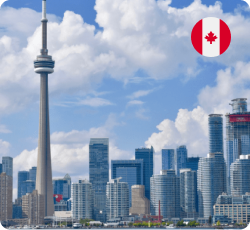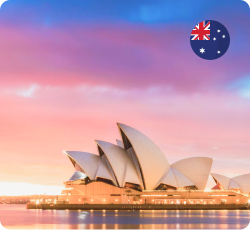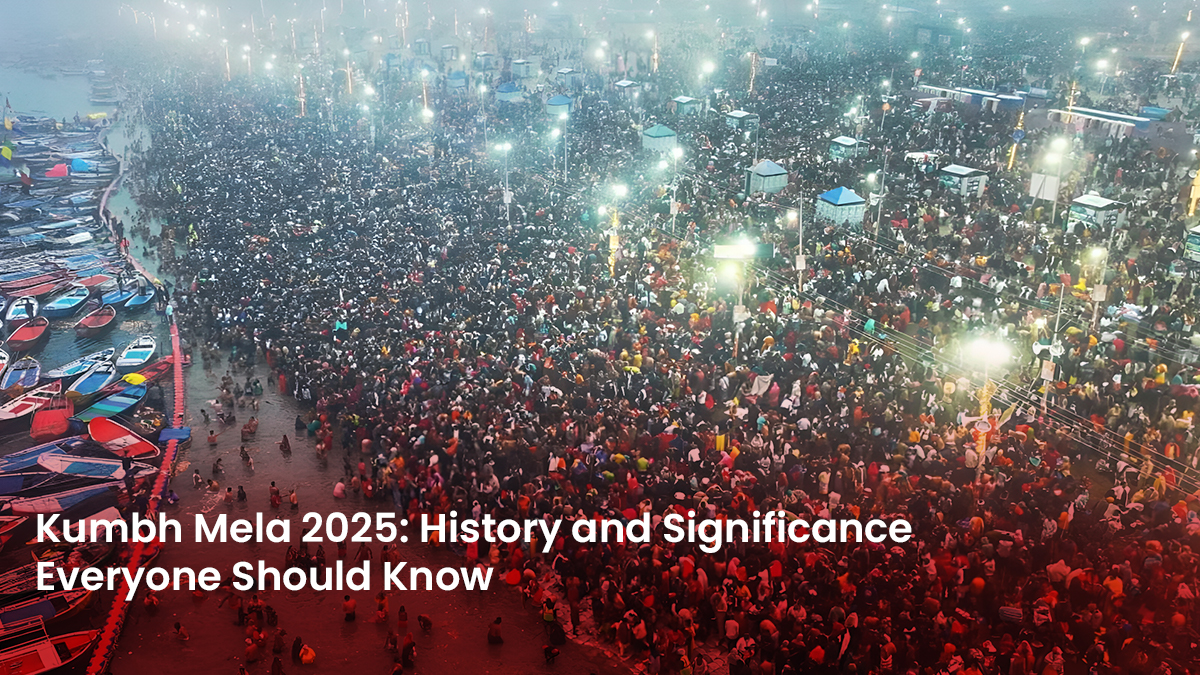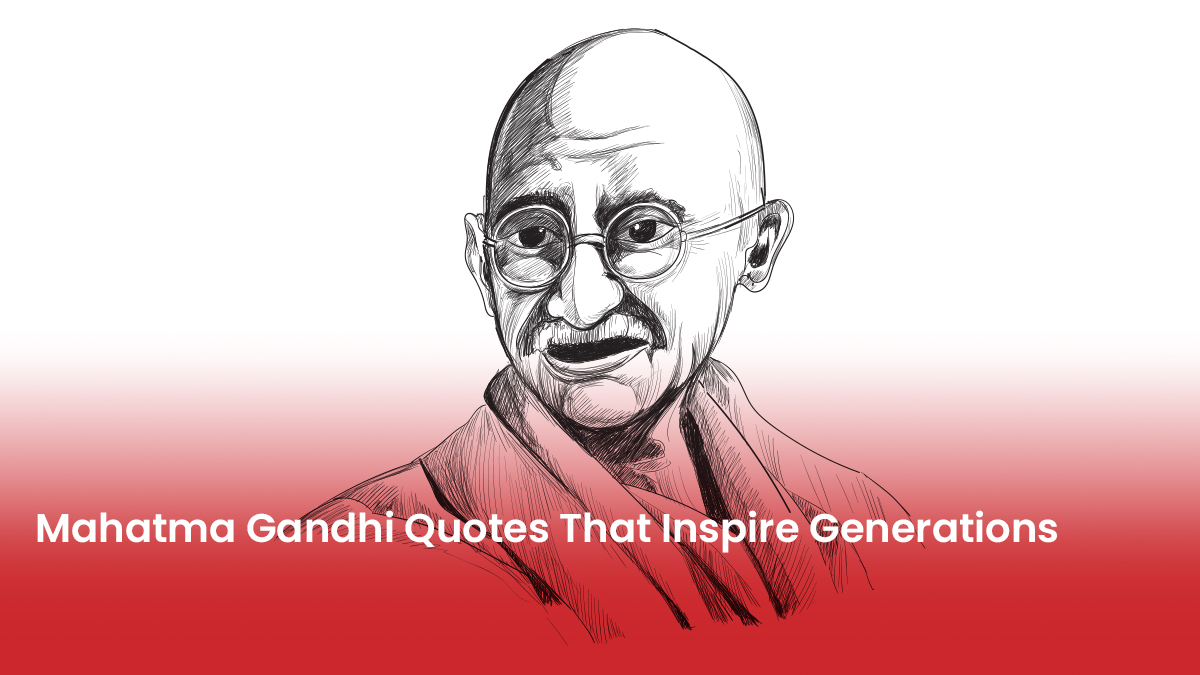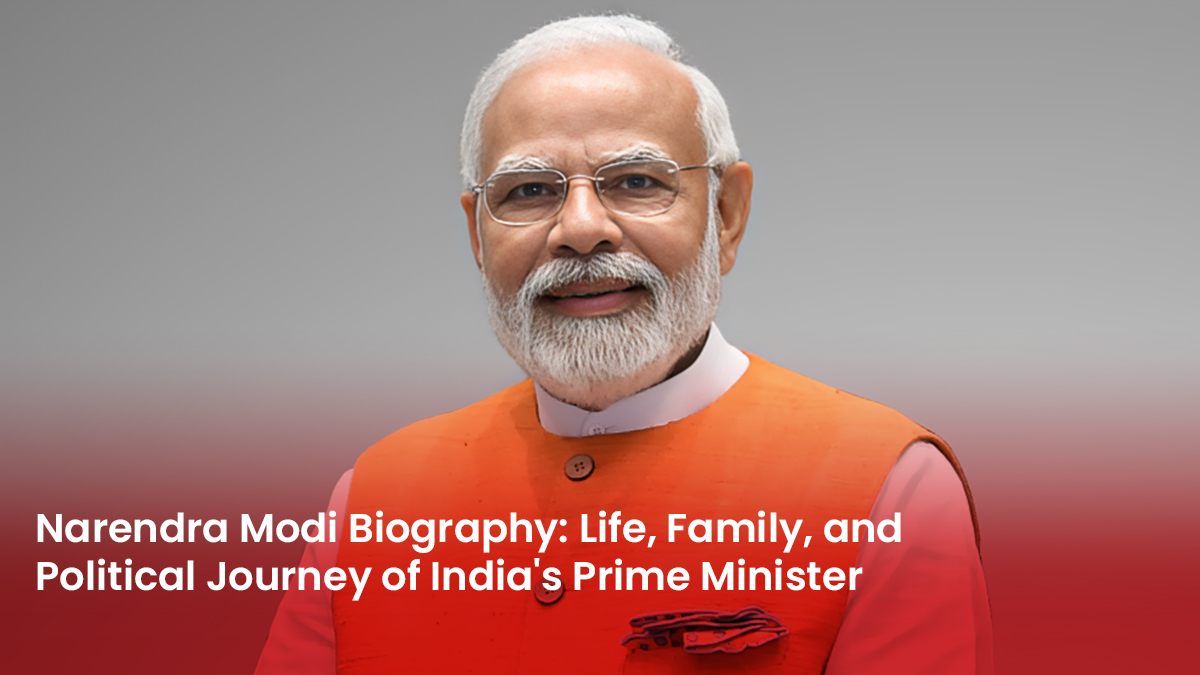Kumbh Mela is one of the most crucial festivals in Hinduism observed every twelve years. It is a time when millions of people come together to wash away their sins by taking a holy bath in a river.
The event is held at one of the four important locations rotating between Prayagraj, where the Ganga and Yamuna intersect; Haridwar lying on the banks of the Ganga; Nashik along the Godavari River; and Ujjain near the Shipra River. People from across the country assemble for this paramount event.
In this blog, we will delve into the history and significance of the upcoming Maha Kumbh Mela 2025.
What is Maha Kumbh Mela?
Maha Kumbh Mela is one of the grand festivals of Hindus celebrated after every 144 years near Triveni Sangam in Prayagraj, where the rivers such as the Ganges, Yamuna, and mythic Saraswati meet.
This largest religious festival is attracted by millions of devotees taking the dip in the river as it is believed to cleanse all sins and bring in replenishment of spiritual benefits as well. The festival is observed with various activities, prayers, and all other cultural programs representing unity and devotion.
When is Maha Kumbh Mela
Our honorable Prime Minister Mr. Narendra Modi on December 13, 2024 described the next Maha Kumbh Mela 2025 as “A Maha Yagna of Unity”. The Maha Kumbh Mela dates are scheduled to be held from January 13 to February 26, 2025, at Prayagraj.
History of Maha Kumbh Mela
The Maha Kumbh Mela is a festival that has deep roots in history with immense spiritual significance. It occurs every 144 years at the Triveni Sangam in Prayagraj where the Ganges, Yamuna, and mythical Saraswati rivers meet. The grand event traces its origins from the ancient Hindu myth of Samudra Manthan, or the churning of the ocean of milk, where gods and demons fought for the nectar of immortality (Amrit).
Key Historical Events:
Mythological background: The story of Samudra Manthan lies at the center of the origination of the Kumbh Mela. While churning, drops of the nectar fell at four places, now sites of Kumbh Mela: Prayagraj, Haridwar, Nashik, and Ujjain.
Ancient celebrations: From Hindu Puranas and ancient texts, the Kumbh Mela dates back, described as a divine period during which gods used to descend upon the earth to bless the devotees.
Medieval period: Between the 9th and 18th century, Akharas or the warrior-saint sects played an important role by organizing it, thereby ensuring the continuity of this fair.
Royal patronage: During the Gupta period (4th-6th century CE), the Kumbh Mela started gaining popularity as kings and rulers began to support the event, building temples and bathing ghats along the sacred rivers.
Modern era: Today, the Kumbh Mela has transformed into the largest religious gathering on earth, where millions of devotees participate. The next Maha Kumbh Mela 2025 will take place from January 13 to February 26, 2025, in Prayagraj.
What are the types of Kumbh Melas
Kumbh Melas are significant Hindu festivals and they are held at different intervals of time. Here below you can find the various types:
|
Mela type |
Time of occurrence | Location |
Significance |
|
Magh Mela |
Once a year | Prayagraj | Attracting devotees for a holy dip in the Ganges |
| Kumbh Mela | Once in every 3 years | Haridwar, Prayagraj, Nashik, and Ujjain |
Drawing millions of pilgrims |
|
Ardh Kumbh Mela |
Once in every 6 year | Haridwar and Prayagraj | Significant event for spiritual cleansing |
| Purna Kumbh Mela | Once in every 12 years | Haridwar, Prayagraj, Nashik, and Ujjain |
Known for its large-scale participation |
|
Maha Kumbh Mela |
Once in every 144 years | Prayagraj |
Most significant of all Kumbh Melas, attracting millions from around the world |
Previous Maha Kumbh Mela: The last Maha Kumbh Mela was held in the year 1881
Maha Kumbh Mela next date: The Maha Kumbh Mela dates are from January 13 to February 26, 2025
The Story of the Maha Kumbh Mela
The mythological significance of the Kumbh Mela revolves around the story of the Samudra Manthan, or the churning of the ocean of milk. This event was undertaken by the gods and demons to obtain invaluable treasures and the nectar of immortality, known as Amrita.
The mountain Mandrachala acted as the churning stick and the Nagraja Vasuki served as the rope. Lord Vishnu, in the form of a tortoise (Kurma), provided a stable base for the mountain to prevent it from sinking. This story symbolizes the churning of our minds to delve deeper into ourselves, leading to liberation or immortality.
During the churning, the first to emerge was a venomous poison, which was consumed by Lord Shiva, earning him the name Nilkantha. Various treasurers came into existence like Kamdhenu and Uccaishrava as the churning continued.
Jayanta, the son of Lord Indra, seized the pot of nectar (Amrita Kalasha) from God Dhanvantari. Alerted by Lord Shukracharya, the demons chased Jayanta. According to divine time, one day of the gods equals one year for mortals, and Jayanta ran for 12 days to keep the Amrita Kalasha away from the demons.
Rituals and practices at Maha Kumbh Mela
The Maha Kumbh Mela 2025 is not only a gathering, but also a series of few spiritual rituals and practices that are of great importance to the devotees. Knowing after how many years Maha Kumbh is held is important as it takes place once every 144 years.
Here you can find the key rituals and practices that are seen during the festival.
- Shahi Snan : Shahi Snan is one of the principal rituals. Several saints and sadhus from multiple Akharas take a dip in the water of the river with a belief in washing out all the sins of life
- Peshwai processions: This is the procession that marks the arrival of various Akharas at the Maha Kumbh Mela. The sadhu procession takes a pride in exhibiting themselves in regalia and ornaments
- Spiritual speeches: Top spiritual leaders and gurus deliver discourses on diverse themes of life, spirituality, and religion. Thousands of the followers gather together seeking guidance from the devotees
- Yagna and Havan: Devotees participate in the fire rituals (Yagna) and seek the mercy and divine love from the holy fire by conducting the Havan rituals. Both these rituals are performed to seek the gods about well-being of the participants
Conclusion
The Maha Kumbh Mela is a great spiritual spectacular event, bringing millions of devotees under one roof for faith and unity. Occurring once in 144 years, the event is rare and offers pilgrims the opportunity to perform ancient rituals and also seek spiritual cleansing.
The event rotates between four different locations known as the Maha Kumbh Mela places and the places are Prayagraj, Haridwar, Nashik, and Ujjain. Each location carries its own value and attracts great crowds of faithful people.
As we conclude this blog, here you can find the answer for the question: When is the next Maha Kumbh Mela? The next Maha Kumbh Mala 2025 is scheduled from January 13 to February 26, 2025, in Prayagraj.
This upcoming event promises to be a grand spectacle of devotion, culture, and tradition that will offer the one time experience in life to the attendees. Whether you are a seasoned pilgrim or just a curious traveler, the Maha Kumbh Mela is an event that should not be missed.

